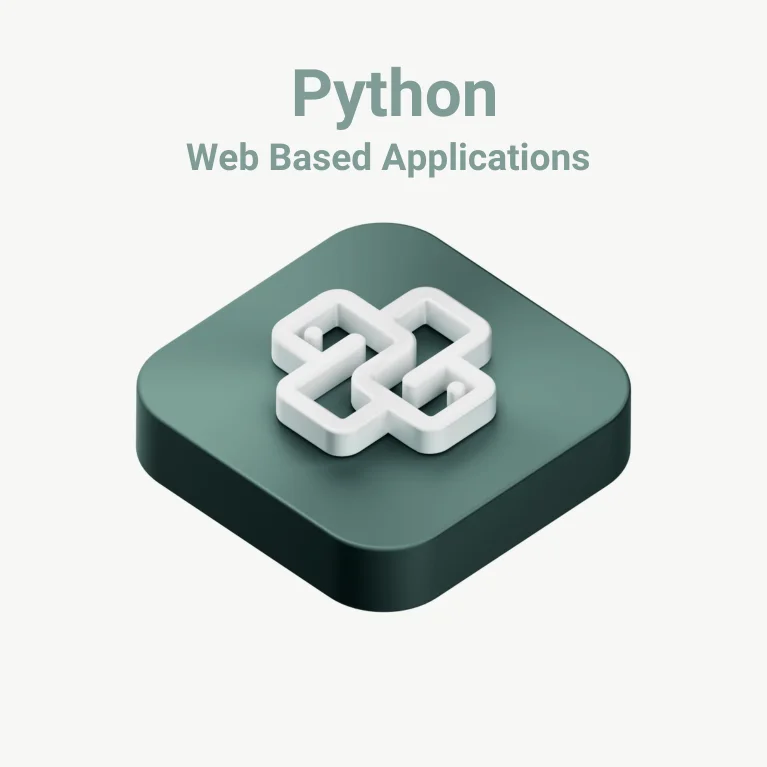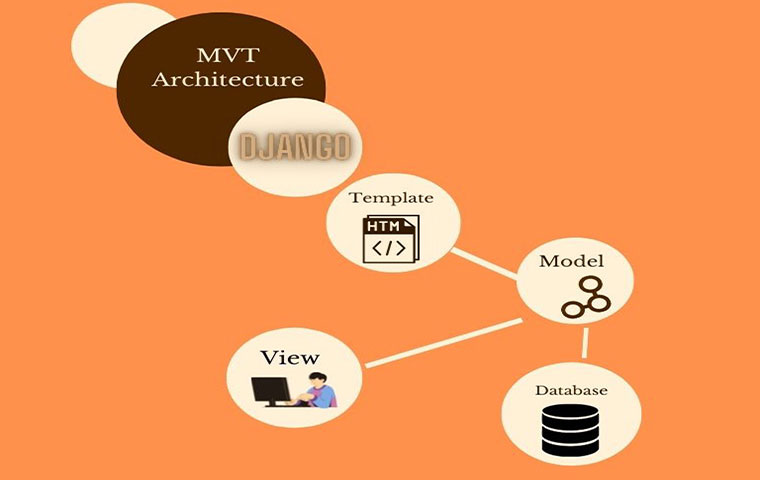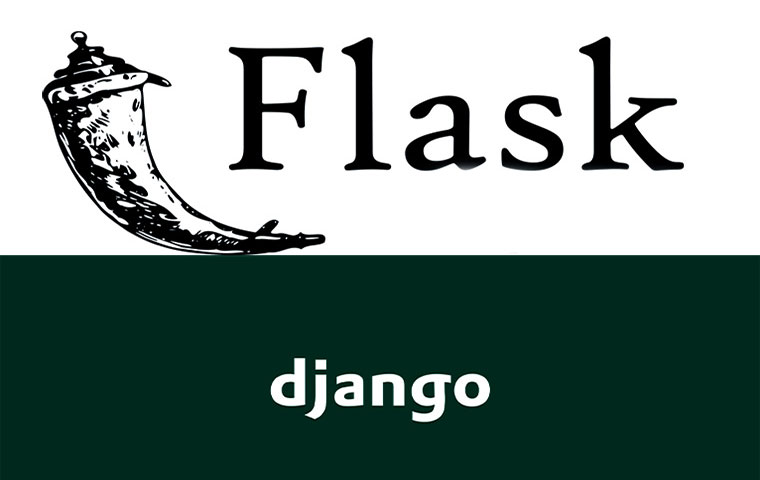In-App Purchases vs Ads: Which Strategy is Best?
You’ve created your app, and people are starting to download,...
We use cookies for our website to give you the most relevant experience by remembering your preferences. By clicking “accept”, you consent to use of ALL the cookies
This website uses cookies to improve your experience while you navigate through the website. Out of these, the cookies that are categorized as necessary are stored on your browser as they are essential for the working of basic functionalities of the website. We also use third-party cookies that help us analyze and understand how you use this website. These cookies will be stored in your browser only with your consent. You also have the option to opt-out of these cookies. But opting out of some of these cookies may affect your browsing experience.
Necessary cookies are absolutely essential for the website to function properly. These cookies ensure basic functionalities and security features of the website, anonymously.
| Cookie | Duration | Description |
|---|---|---|
| cookielawinfo-checkbox-functional | 11 months | This cookie is set by GDPR Cookie Consent plugin. The cookie is used to store the user consent for the cookies in the category “Analytics”. |
| cookielawinfo-checkbox-functional | 11 months | The cookie is set by GDPR cookie consent to record the user consent for the cookies in the category “Functional”. |
| cookielawinfo-checkbox-necessary | 11 months | This cookie is set by GDPR Cookie Consent plugin. The cookies is used to store the user consent for the cookies in the category “Necessary”. |
| cookielawinfo-checkbox-others | 11 months | This cookie is set by GDPR Cookie Consent plugin. The cookie is used to store the user consent for the cookies in the category “Other. |
| cookielawinfo-checkbox-performance | 11 months | This cookie is set by GDPR Cookie Consent plugin. The cookie is used to store the user consent for the cookies in the category “Performance”. |
| viewed_cookie_policy | 11 months | The cookie is set by the GDPR Cookie Consent plugin and is used to store whether or not user has consented to the use of cookies. It does not store any personal data. |
Functional cookies help to perform certain functionalities like sharing the content of the website on social media platforms, collect feedbacks, and other third-party features.
Performance cookies are used to understand and analyze the key performance indexes of the website which helps in delivering a better user experience for the visitors.
Analytical cookies are used to understand how visitors interact with the website. These cookies help provide information on metrics the number of visitors, bounce rate, traffic source, etc.
Advertisement cookies are used to provide visitors with relevant ads and marketing campaigns. These cookies track visitors across websites and collect information to provide customized ads.
Other uncategorized cookies are those that are being analyzed and have not been classified into a category as yet.
Cyberia Tech, Inc. respects your privacy. This Privacy Policy explains how we collect, use, and share your information. By using our services, you agree to this policy. If any other agreements conflict with this Privacy Policy, the terms of those agreements prevail.
Cyberia Tech complies with the EU-US and Swiss-US Privacy Shield Frameworks for handling personal data from the EEA, UK, and Switzerland. In case of any conflict, the Privacy Shield Principles prevail. Learn more at Privacy Shield. Key Definitions
Information linked to an individual, transferred from the EEA, UK, or Switzerland to the U.S.
Data revealing race, religion, health, sexual orientation, and similar categories.
Effective Date: [ 2025 / 11 / 29 ]
Welcome to The Cyberia Tech ! By accessing or using our website or services, you agree to
comply with and be bound by these Terms of Use and our Privacy Policy. If you do not agree with
these terms, please do not use our Services.
Loading
0 %

Python is a simple and high-level language, thus using Python in web development projects will ensure the success of your project. Python is a multi-purpose language that can be deployed in numerous projects, from machine learning and AI (Artificial Intelligence) to web application development using Python.
Python’s adaptability makes it an excellent choice for online and mobile app development. Python was initially launched in 1991 and quickly became the most popular programming language.
Python web based applications design is a reasonably straightforward and engaging piece of work, thus developers like to employ it in their various projects. Stay with us till we delve into the fascinating world of Python.
Table of Contents
It is a high-level, dynamic, and interpreted programming language. A high-level language is one that is equivalent to human reasoning; for example, to interface with a computer, you require binary codes, which are rather straightforward. Human language, on the other hand, has some unexpected twists and turns.
Python, being a powerful high-level language, offers several benefits to developers. It doesn’t have a fixed structure for coding, and the developer is free to invent new codes and be totally creative when doing web application development using Python.

Python’s syntax is simple, which makes it an extremely efficient programming language. Multiple variables can even be added in a single line. Python implements code in a notebook-like environment and strives to keep things as simple as possible; hence, indentations are used instead of curly brackets and semicolons.
Python’s versatility allows it to be utilized in Object-Oriented programming (OOP). Python is used in web development in an OOP structure by its popular framework Django. Let’s look at Python in the context of its frameworks in the next section.
Python is an important language for web development because it provides a broad and powerful foundation for creating dynamic websites and apps. Python has been a popular choice for web developers looking for efficient and adaptable solutions due to its rich libraries, ease of use, and scalability.
Python is an interesting server-side programming language that has been used to create various large websites such as Spotify, YouTube, and Netflix. Python, because of its beginner-friendly environment, is a fantastic choice for web app development projects.
Python, like other programming languages, has various frameworks, however, they may be divided into three categories.
Python frameworks are classified into three types:
In this article, we will concentrate on Django and Flask because they are the most popular Python frameworks and, according to several engineers, there is no better way to get started with Django. So we’ll start with Django as well.
Django is not just one of the most well regarded Python frameworks, but it is also one of the most used backend frameworks in web development. Django’s Object-Relational Mapping (ORM) structure is similar to that of PHP frameworks.
It is an open-source framework with a plethora of built-in capabilities that enable developers to write less lines of code and create websites in less time. Django’s high-quality administrator interface, which allows you to manage your data and user authorisation, is one of its most prominent features.
Django features a nice notion called DRY (Don’t Repeat Yourself), which prevents developers from writing repetitive code. In truth, creating same lines of code again and over is a significant component of web development. Django uses this idea to try to fix this problem.
The DRY approach forbids developers from putting more than 30 characters in variables. Django, it might be stated, drives you to summarize your code and write fewer and shorter lines. As a result, you may describe the codes in a Model and then retrieve the data from the repository.

This popular PHP framework features a design that is quite close to the MVC architecture of PHP frameworks. Model-View-Template (MVT) is similar to MVC in structure. The Model is in charge of the logic and database through Python objects, while the View is in charge of the user interface, where it takes HTTP requests from users.
The key distinction between PHP and Python web projects is the Template, which serves as the layer between Model and View. TheTemplate’s function is to create a link between static HTML and the backend’s dynamic Python.
The use of templates improves the performance of the website and results in a more dynamic user interface. A Template is a text file that contains HTML codes as well as Django Template Language (DTL) syntax.
These curly brackets contain the frontend’s dynamic Python scripts. The framework must read the Python codes from the original Python file on the backend whenever the app displays.
According to the diagram above, the Template also receives View requests; in this case, the Template provides some information about the design and structure of the requested data, such as the location of a certain heading or paragraph.
Now that we’ve worked out how Django works with Python online apps, let’s go through some of its advantages and disadvantages.
Using Python to implement any framework in web application development offers pros and cons. When a framework becomes popular, though, people tend to focus on its advantages.
|
Pros |
Cons |
|
A vast and active community of users |
Need to learn some prerequisites |
|
Rich documentation |
Difficult for novice learners |
|
High-level security (Prevents SQL injection, XSS, and CSRF (Cross-Site Request Forgery)) |
Boilerplate codes since it lacks conventions |
|
Scalable |
Does not suit small projects |
|
Quick and efficient framework |
|
|
Fast development with MVT architecture |
|
|
SEO friendly framework |
|
It appears reasonable for Django users to tolerate its flaws because the benefits outweigh the drawbacks. In the following section, we will look at the next well-known framework.
Flask lacks built-in tools, libraries, or a database abstraction layer to help with database interface and design. Third-party libraries and extensions developed by the Flask community of users, on the other hand, can be added.
This basic framework is sufficient for anyone who is just getting started with web app development. With its out-of-the-box unit testing, you can quickly develop APIs and debug your code. Flask’s simplicity allows it to be used to create lightweight web apps and static web pages.
Even though Flask is considered a basic framework, inexperienced developers can deploy faulty code and make disastrous blunders. As a result, Flask should never be used for huge apps since one minor error might wreck everything. It is evident that a small framework like Flask does not have a lot to offer its consumers.
It is somehow challenging to compare Django and Flask since they have extremely varied functional scopes; however, the differences must be taken into account in development projects.

To use Python in web development, you can either manipulate Django or Flask
If you’re working on a project that requires you to work with NoSQL databases, Flask is a better choice than Django because it supports NoSQL databases like MongoDB. Django allows you to create full-featured web apps, but Flask is only suitable for static webpages or small mobile apps.
Consider the scope of your project first; if you want to create a dynamic web app, Django is a better choice. Furthermore, if you have been developing web applications using Python for some years, you are fairly skilled; as a result, coding with Django is not difficult; also, you will have the benefit of employing its wonderful tools and capabilities.
Amateur developers usually prefer to start with something easy; thus, building a Python web based application with Flask can be very encouraging for them to go for bigger projects.
How Python is used in web development?
Among Python’s many uses in web development are server-to-client communication, data processing, database interaction, URL rewriting, and security. Python provides access to a number of useful web frameworks. Django and Flask are two popular ones.
Is Python OK for web development?
Python’s fundamental characteristics make it a favourite among web developers. As a first point, Python is easily accessible, open-source, and free. Moreover, it can easily adjust to new circumstances. Python provides developers with the flexibility to design websites using a wide variety of programming paradigms.
We’ve gone over the prerequisites for Python in web development, so you can get started right now. Web application development using Python has grown significantly in recent years.
Python web based applications are particularly popular among web developers due to their flexibility and simplicity of scripting. If Python’s syntax piques your curiosity, don’t be afraid to get started, and don’t forget that we have fantastic Python professionals that can assist you with your web app development tasks.
Please contact us if you require Python-related services, and please share your experiences with Python and its frameworks. Good luck with your code.
You Can Get More Information!
